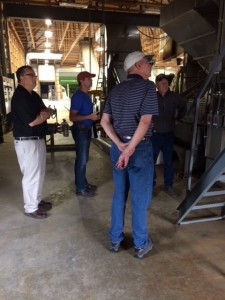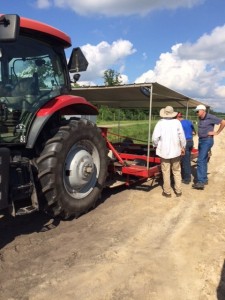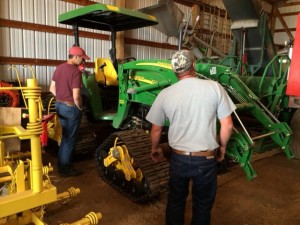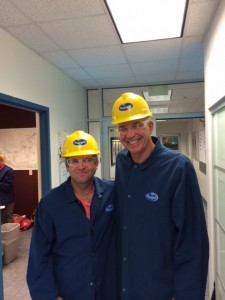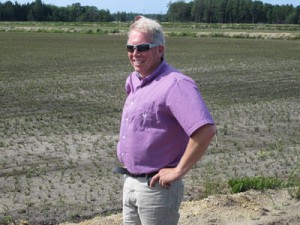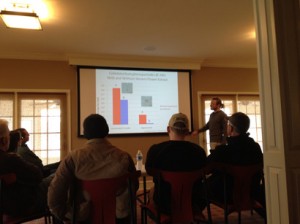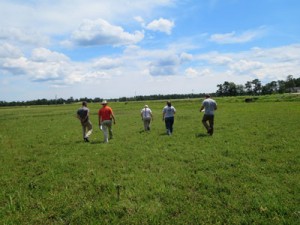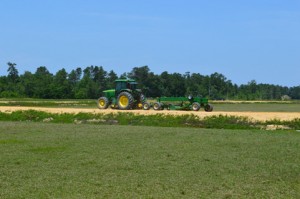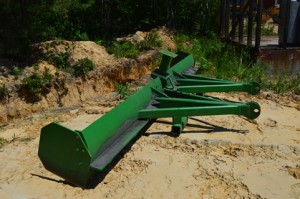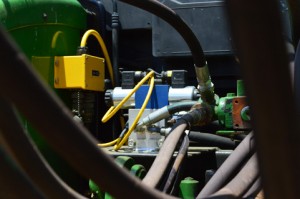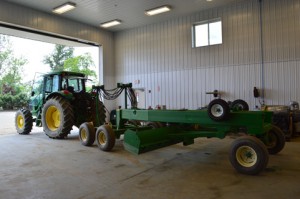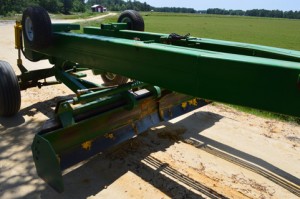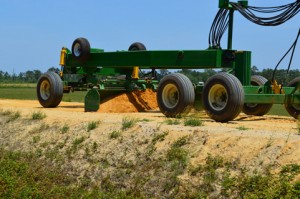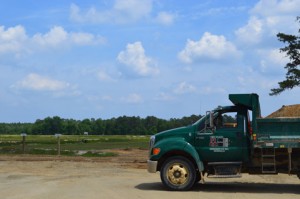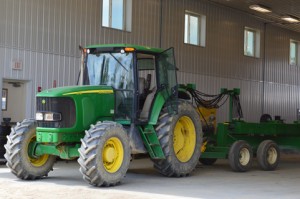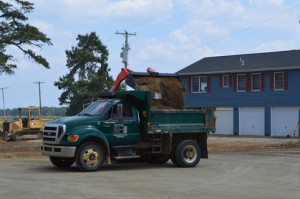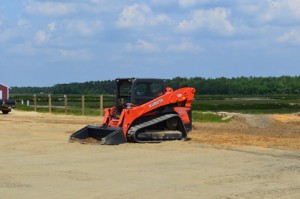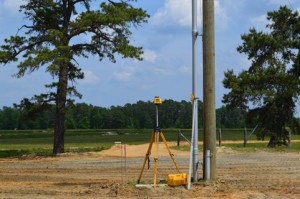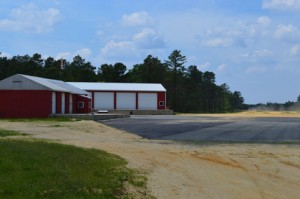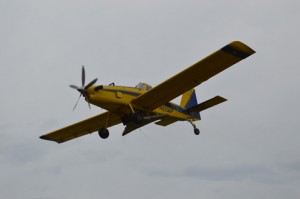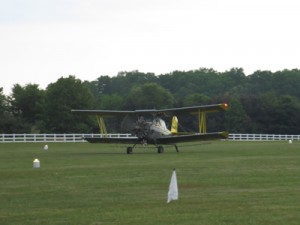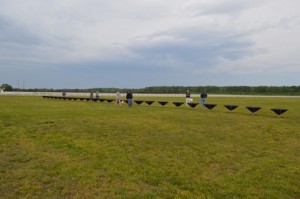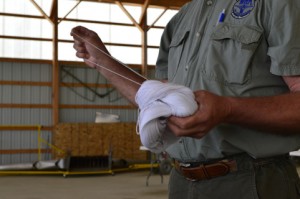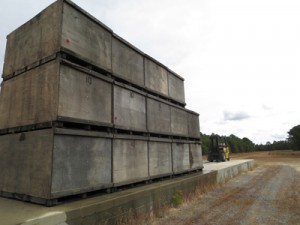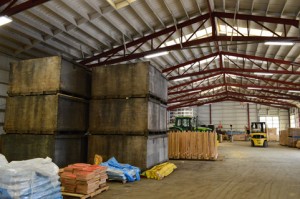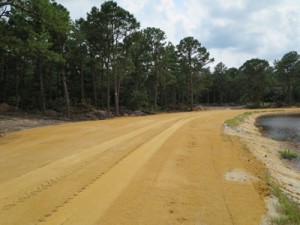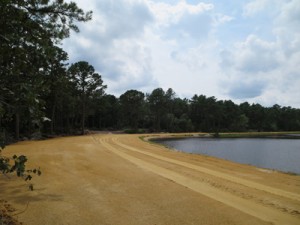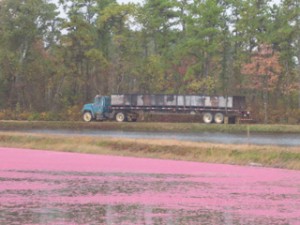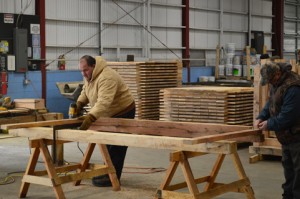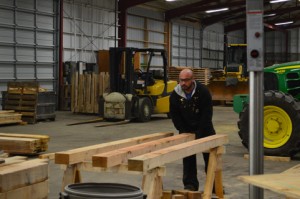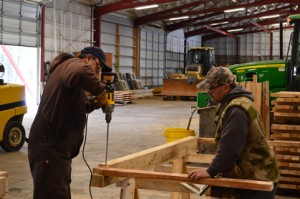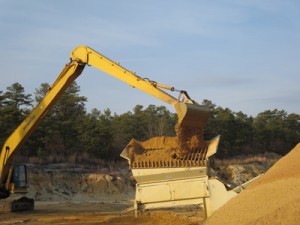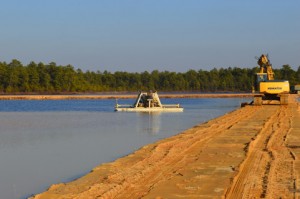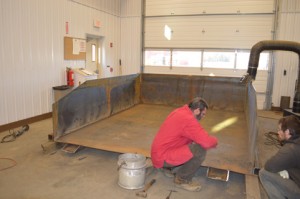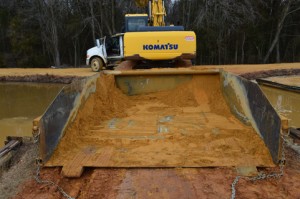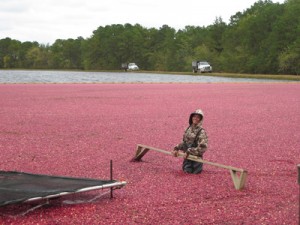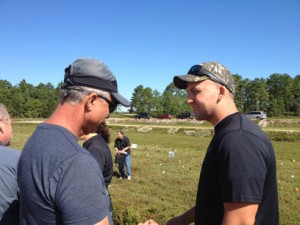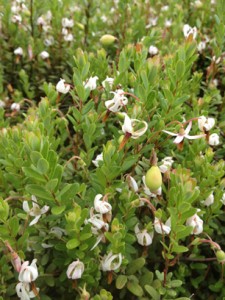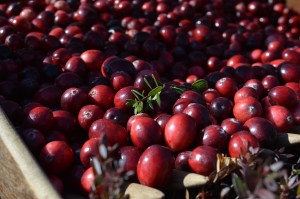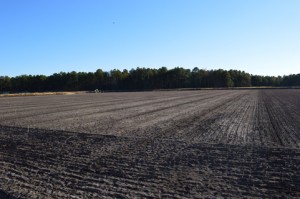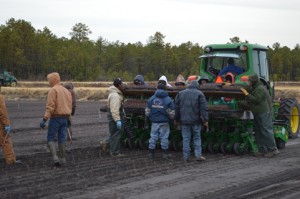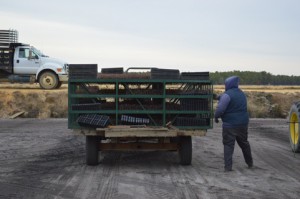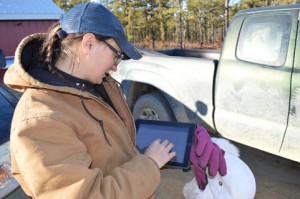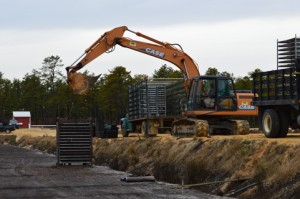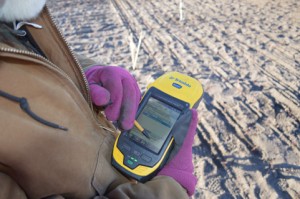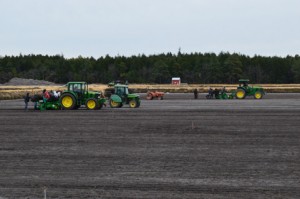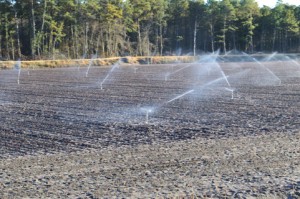Last week, Pine Island’s CEO Bill Haines and COO Bryan vonHahmann, along with Cranberry Austral Chile GM Francisco Prado, flew out to Wisconsin to visit various members of the cranberry community in order to learn more about how the industry works in other regions and bring back their experiences to apply to our own operation in both New Jersey and Chile.
They spent two days with Leroy Kummer, a Sr. Agricultural Scientist with Ocean Spray and the Tomah Receiving Station Manager. “Leroy was with us for two days,” Bill says. “He put in a lot of time and effort to accommodate us, and knows the industry inside and out. He’s a valuable asset to both OS and the growers, and we were glad he was able to take us around.”
The group also visited six different operations, all of them “very impressive”, Bill says. Ed Grygleski of Valley Corp, Steve Gephardt of Beltz Cranberry, Bill Hatch and Nicole Hansen at Cranberry Creek, Chris Weidman of City Point Cranberries, Martin Potter at Cutler Cranberry, and Craige I. Scott and Craige P. Scott of Scott Cranberry Marsh were very generous with their time and knowledge, and all run an excellent operation. Francisco was particularly interested in this part of the tour: “We are in the middle of updating our equipment program [at CAC], so it was good to see what they are doing with things like fertilizer sprayers; our farm is growing, so we need to go faster!” It was very helpful to see farms at different sizes, as well, as it gives him a basis for comparison. “It’s a great opportunity,” he says. “There is always room to improve; there is always something to learn from other growers.” Bryan agrees: “Sharing ideas and practices can help us all improve, and it’s given us more energy and renewed focus on our mission.”
Our management team also spent some time at the Tomah plant, touring the Craisin line, and were impressed with the team there as well. “Andrea Gavette [Plant Manager at Tomah] gave us a really in-depth tour; Tomah is a well-run facility, and it was great to see her team so enthusiastic about what they do,” says Bill.
And, of course, Bill, Bryan, and Francisco always have an eye out for our own continuous improvement. As Bill says: “These growers are clearly the gold standard for the cranberry industry, and now we see what we have to do to be one of the best.”
*photos courtesy of Francisco Prado

